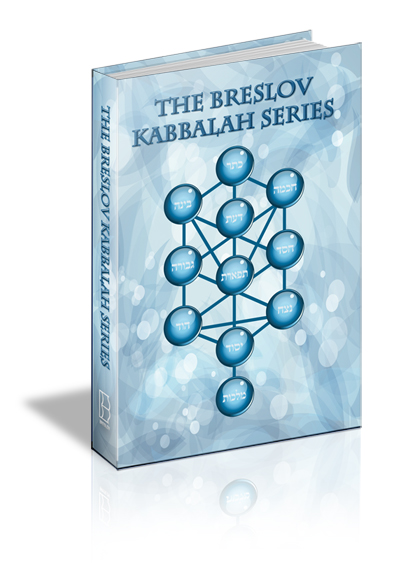In Part Four of Breslov Kabbalah, we explore the inner workings of the universe and how to tap into their awesome power.
IN THE BEGINNING: FIRST THOUGHT
To understand the inner workings of the universe and tap into their awesome power, we must go back to the beginning, to Creation. The Torah, which starts “in the beginning,” is our authoritative guide to what happened during the Seven Days of Creation. What happened before Creation—namely, how God approached this new project and His intentions for it—falls under the purview of the Kabbalah.
The stories we read in the Torah are not just pages out of history. They are meant to be a guide to each and every one of us as we live our own lives. Scripture states ( Genesis 5:1), “This is the book of the chronicles of Adam (man).” Reb Noson explains this verse to mean, “These accounts are the chronicles of each and every person.” Every person can find direction for himself and his goals if he but looks into the Torah and fathoms its depths to interpret its meaning on a personal level (see Likutey Halakhot, Nesiat Kapayim 5:27).
In the same way, the Kabbalistic teachings of how the world came into existence illuminate the way in which we too can bring our goals to fruition. The Kabbalah’s description of God’s “step-by-step” approach to creating the world, as well as all the Supernal Universes that preceded it, does not depict an arbitrary process. Through Creation, God developed a spiritual blueprint that applies not only to forming new worlds but also to choosing a career or undertaking a difficult project. The very first step in God’s plan, as in our own, is the “first thought.”
Rabbi Shlomo Alkabetz, a leading sixteenth-century Kabbalist, composed the Lekha Dodi hymn which is sung in all congregations during Friday-night services. In this hymn he wrote, “Last in deed is first in thought.” Ostensibly, this refers to the creation of the Sabbath, the final day and goal of the first six days of Creation. But it also applies to the way we should approach any goal. Our potential to accomplish lies within our own individual thoughts. We must learn how to react to our thoughts and focus on them, using our creative abilities to grasp the dimensions of our ideas and build the necessary parameters, so that these “first thoughts” can develop into real deeds.
To illustrate how this works, Rebbe Nachman gives the example of someone who wants to build a house. At first the builder must imagine what the house will look like, where it will be built, and the time frame of its construction. After drawing up the blueprints, selecting the location and resolving the time elements, he will purchase the property and materials and go to work. The final deed of completing the house was actually in his first thought, for he imagined its construction down to the last detail. Thus, “Last in deed (the finished house) is first in thought”—that first thought contained everything in potentia.
Thinking, creative human beings are the goal of Creation. Rebbe Nachman repeatedly told his followers that no two people are—nor ever were, nor ever will be—exactly alike. Each and every one of us has unusual qualities that allow our originality to develop. Rebbe Nachman’s message is clear: People are not clones, and trying to be “like others” automatically inhibits creativity. We must focus on our own individual strengths and perfect them. Only then can we fully develop our potential.
With these ideas in mind, let us now examine exactly how God created the world, and the messages He wished to convey to us.
This series is based on the book: “Hidden Treasures” by Rabbi Chaim Kramer.

